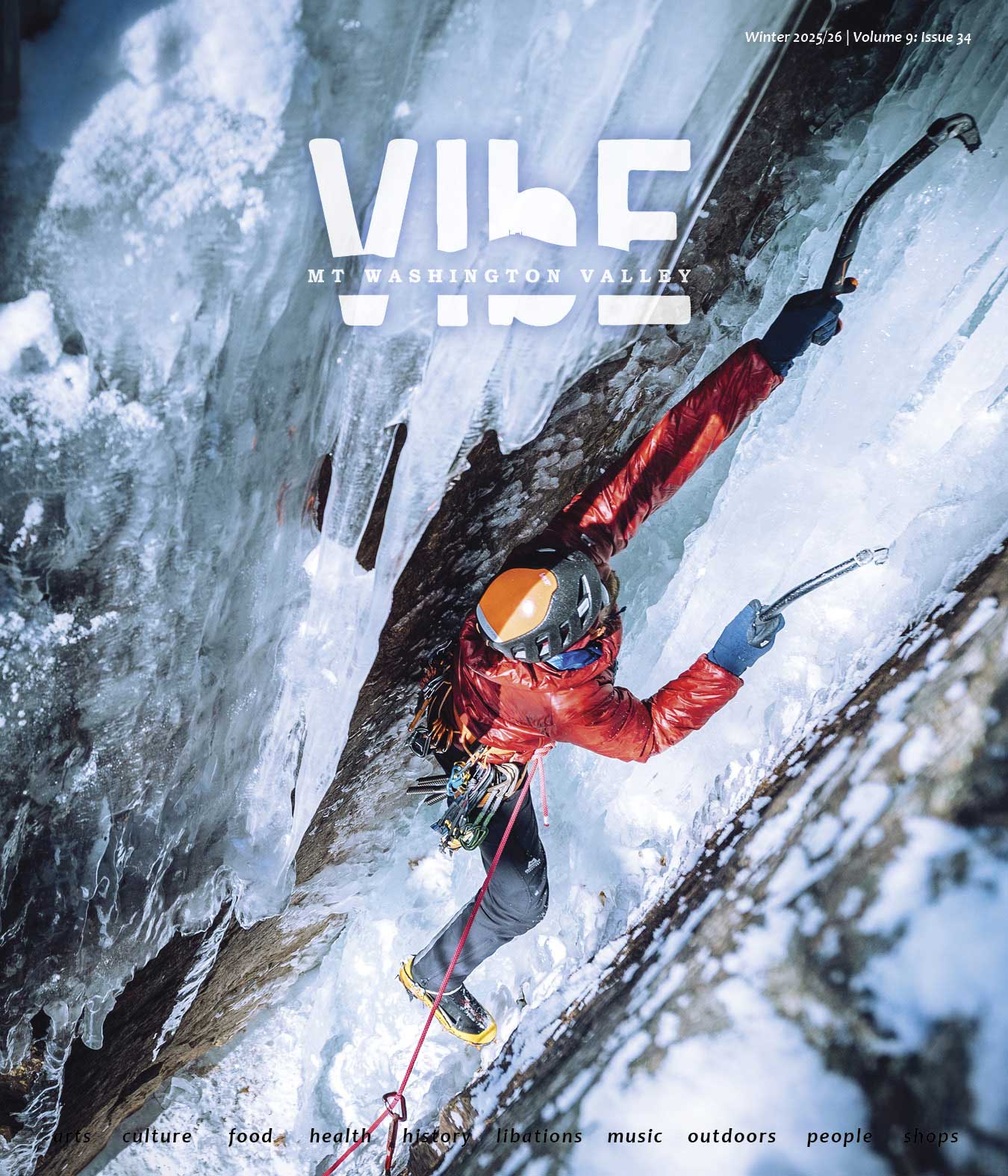While the ski doesn’t come with a post-it note on it, there are clues all over it to the trained eye.
By Jeremiah Beach
Like many traditional trades and crafts, ski tuning has evolved over time. This evolution has been driven by many influences, such as the construction and design of skis, the skiing surface, racing, and tools used in the process, to name a few.
When I first learned to tune skis, the specialized tools were few, the mistakes big, and the learning curve steep. The equipment was less evolved and more forgiving of a poor tune. I used exotic tools like steel BBQ brushes, brass rolling bars, and sandpaper to create structure in the bases (more on that when we talk about the science), my mother’s iron, and whatever wax I could find. Hey, it’s just wax! It’s been a long, strange trip in many ways.
There’s still more to learn every day, but the curve is a bit flatter now. Still, every day I ski, I’m trying something new or trying to use what I have in a different way, or just watching other skiers on different gear, seeing how different skis and skiers move on the snow, and then translating that into a tune. Evolution of the art.
The art lies in the subtleties that influence how the skis react and perform for an individual in any given circumstance. There is no one tune that does it all. There are tunes that do most things okay, such as a full machine tune from an automated ski-tuning machine. Automated machines do an excellent job of precisely reproducing a product. Does a machine produce a tune? Or does it produce a specified set of parameters based on the programming it has been given? To me, tuning is the art of creating the best tune for the skier.
Even a new ski from the factory can benefit from a tune. Sure, they look great and they will ski okay, but they could be so much better.
How does the human machine differ from the automated machine? Well, the human can read the ski, feel the ski, and understand the needs of the skier. While the ski doesn’t come with a post-it note on it, there are clues all over it to the trained eye. You can see where a skier is pressuring the skis, which is a great indicator of how sharp the ski should be and where it needs to be the sharpest. You can also see how the tops of the skis are worn or damaged, and from this, you can get a pretty good idea of the skier’s stance—and to some degree—skiing ability. Now that you have a read on the skis, you can apply the art.
If you have had the opportunity as a ski tech to work as a serviceman at the higher levels of competition, there is a whole encyclopedia of knowledge to be learned. Aside from the initial base grinding, all the rest is done by servicemen’s skilled hands. Each athlete you work with is a learning experience.
You must translate the feedback from the athlete into micro adjustments to the tune of the ski. From this knowledge base comes an understanding of how things like base bevels, structures, degrees of sharpness, and ski selection affect how equipment should be tuned for any given skier or surface.
Now the Science
Snow is frozen water. The friction of the ski base on the snow creates water, and water is what produces glide. A ski base needs to have some structure to manage this water and produce glide. Think of it like the tires on your car. The tread is designed to move water away from where the tire contacts the road so you don’t hydroplane when it rains. The structure in the base of the ski does nearly the opposite; it captures and manages the water to produce a micro hydroplane effect. Geometry has acute angles, which are sharper; and less acute angles, which are more durable.
By applying different geometry to the base and side edges of a ski, we can tune how it reacts to a skier’s movements and adjust the amount of grip it has on the skiing surface.
Lubricity—wax is applied to the base of the ski to help it glide. Wax lubricates and protects the base of the ski.
Have you ever looked at your ski bases and seen white fuzzy areas? This is base-burn from friction; wax helps protect the bases from this.
When I tune a ski, there are some baseline fundamentals that don’t vary, such as the ski bases need to be flat and have a good structure. Other than that, I’m looking at what kind of ski is it. Who is skiing on this ski? You don’t want to tune a backcountry ski the same as a frontside carving ski.
Each ski that comes across my bench tells its story. From there, my decisions on bevels, sharpness, and wax come together to create what I hope is the best tune for the ski and the skier. It’s a bonus if you know the skier, and even better if you have seen them ski, then you can truly dial in the tune.
I am always amazed that many skiers never discover the value of maintaining their skis. So many times I hear the same question: “I’ve had these for a couple of years, do you think they need to be tuned?” I feel bad that they’ve never experienced what their skis can do for them!
Even a new ski from the factory can benefit from a tune. Sure, they look great and they will ski okay, but they could be so much better. Factory-automated ski finishing is generic and often doesn’t even sharpen the whole edge; and the wax on the bases is only protective, not for skiing. Again, knowing the skier or just looking at what type of ski it is gives me the information I need to make some subtle adjustments to improve the ski’s performance.
Hand-Tune vs. Machine
Why tune by hand rather than an automated machine? I’m not sure there is a definitive answer. As with many crafts, there is an intangible aspect to the process and the end result. There are also relationships formed between skiers and their preferred tuners. When you find that perfect combination, and your skis do what you want them to, that’s the magic. Tuning the ski to perform its best, rather than look its best, could be part of the answer. Your skis will certainly last longer—there’s only so much material in a ski. The human machine takes just enough away to achieve the performance result.
Wax and Good Tunes
Sharp edges are great, easy-gliding healthy ski bases are even better. One of the best and easiest things you can do for your skis is waxing them. Getting set up to wax your skis isn’t a huge investment: some bench space in your garage or basement, vises, iron, scraper, some wax, and a cold beer! Music helps too. It’s also a great way to keep an eye on the condition of your skis so you’ll know when it’s time for a full tune.
Tip: if you are using climbing skins on your skis, use a spray-on wax in between hot wax sessions so it doesn’t
foul your skin glue.
How Often Should Skis be Tuned?
This really depends on your expectations. If you want your skis to perform perfectly every time, then you should touch up your edges and wax after every couple of days on the snow. Otherwise, for the average weekend skier, a monthly tune is a good interval. We have many skiers that drop their skis off every week. Most often it’s for a touch-up and wax, but when it’s time, they get a full tune. This is a great way to keep your skis in top shape; whether you do it yourself or bring them to your favorite ski tuner.
Final Thoughts
Each season, I get the opportunity to teach this art to new people through clinics I run at the shop. Some are parents with children in race programs, some are lifelong skiers who just want to know how to maintain their skis, and others are just curious. I am fortunate to have met so many people who are passionate about skiing and nerding out about ski tuning. It can be such an interactive craft, the adjustments so subtle that you wouldn’t think they could make a difference; but they do. And when you feel this for yourself, that’s more of the magic!









